Celestial wings to stellar CORPSE! NASA's Hubble Telescope captures Butterfly Nebula
NASA's Hubble Space Telescope captured an image of the Butterfly Nebula which will eventually fade and leave behind a stellar corpse known as a white dwarf. Sun can expect a similar fate too once it runs out of fuel in about 5 billion years.
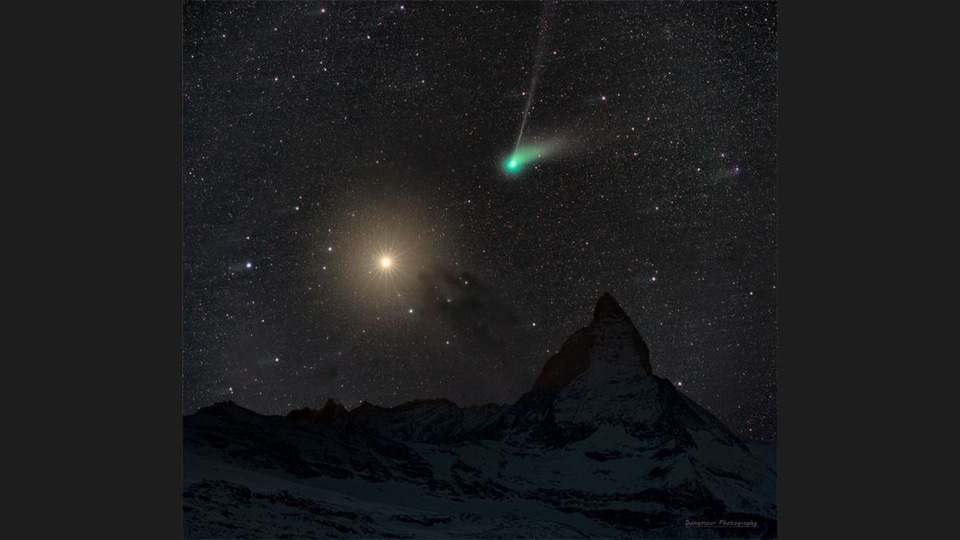
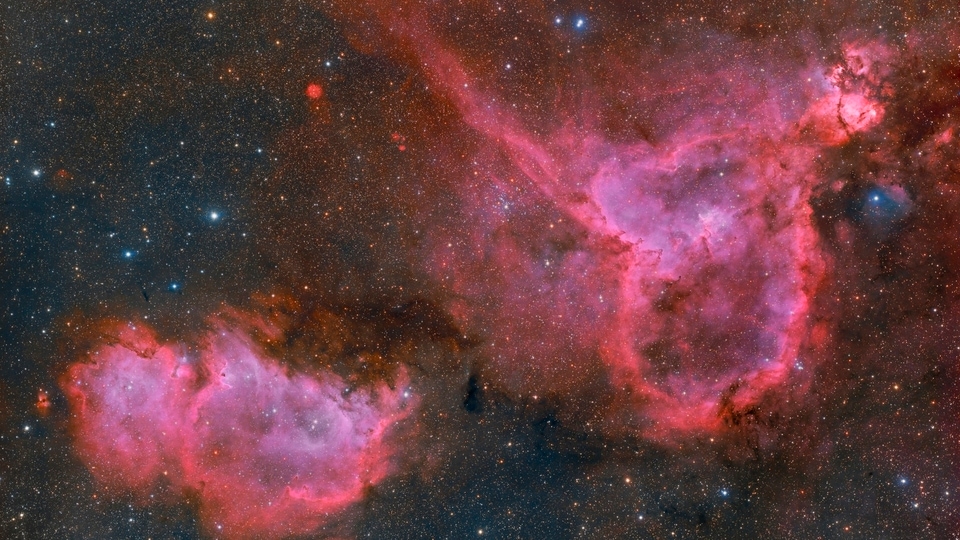
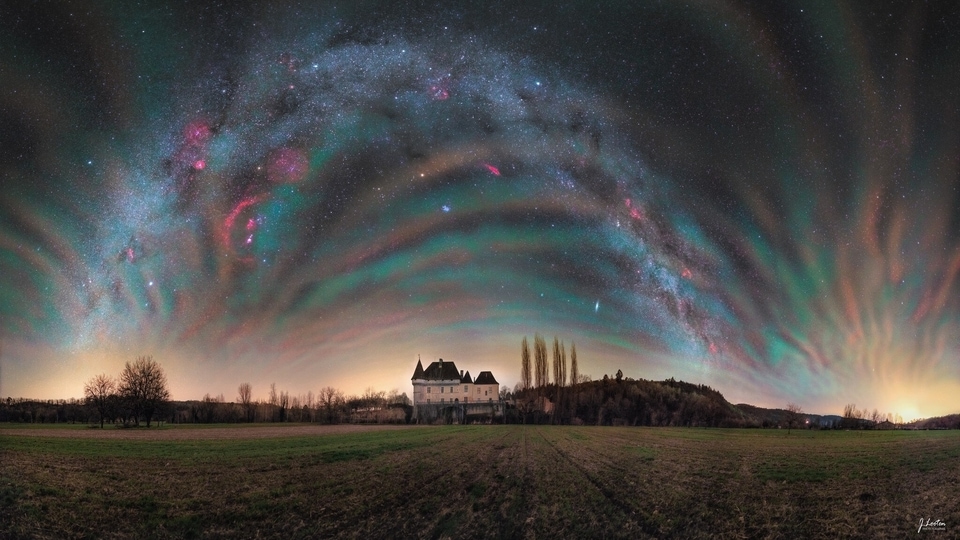

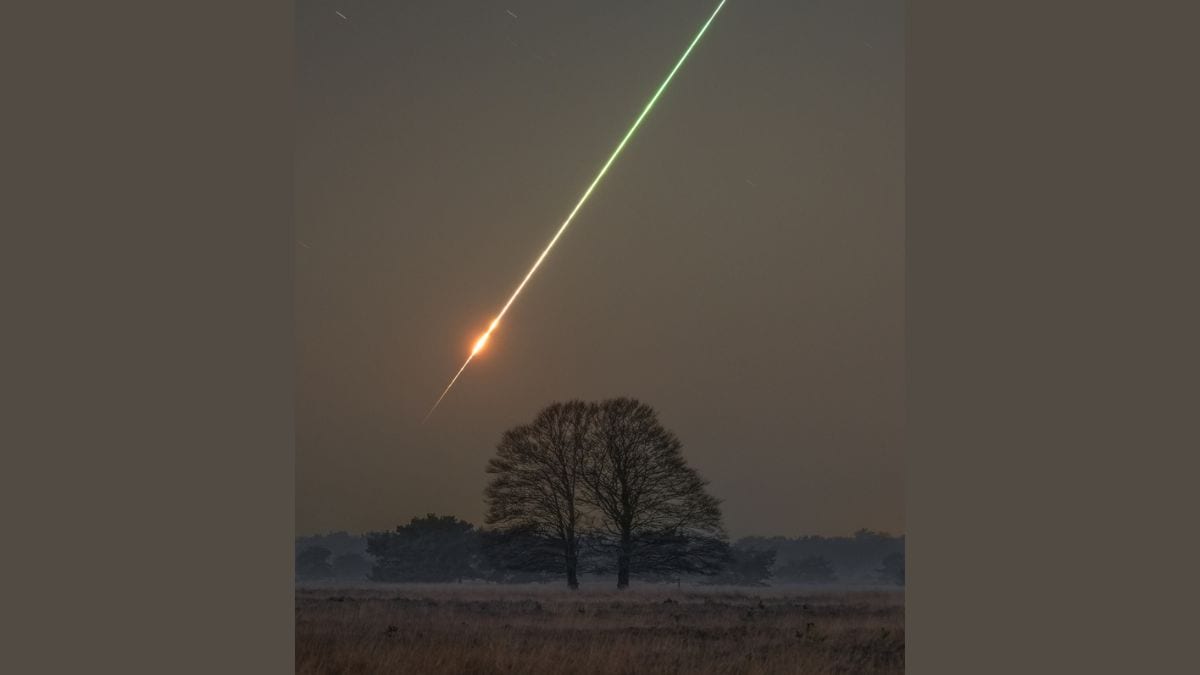
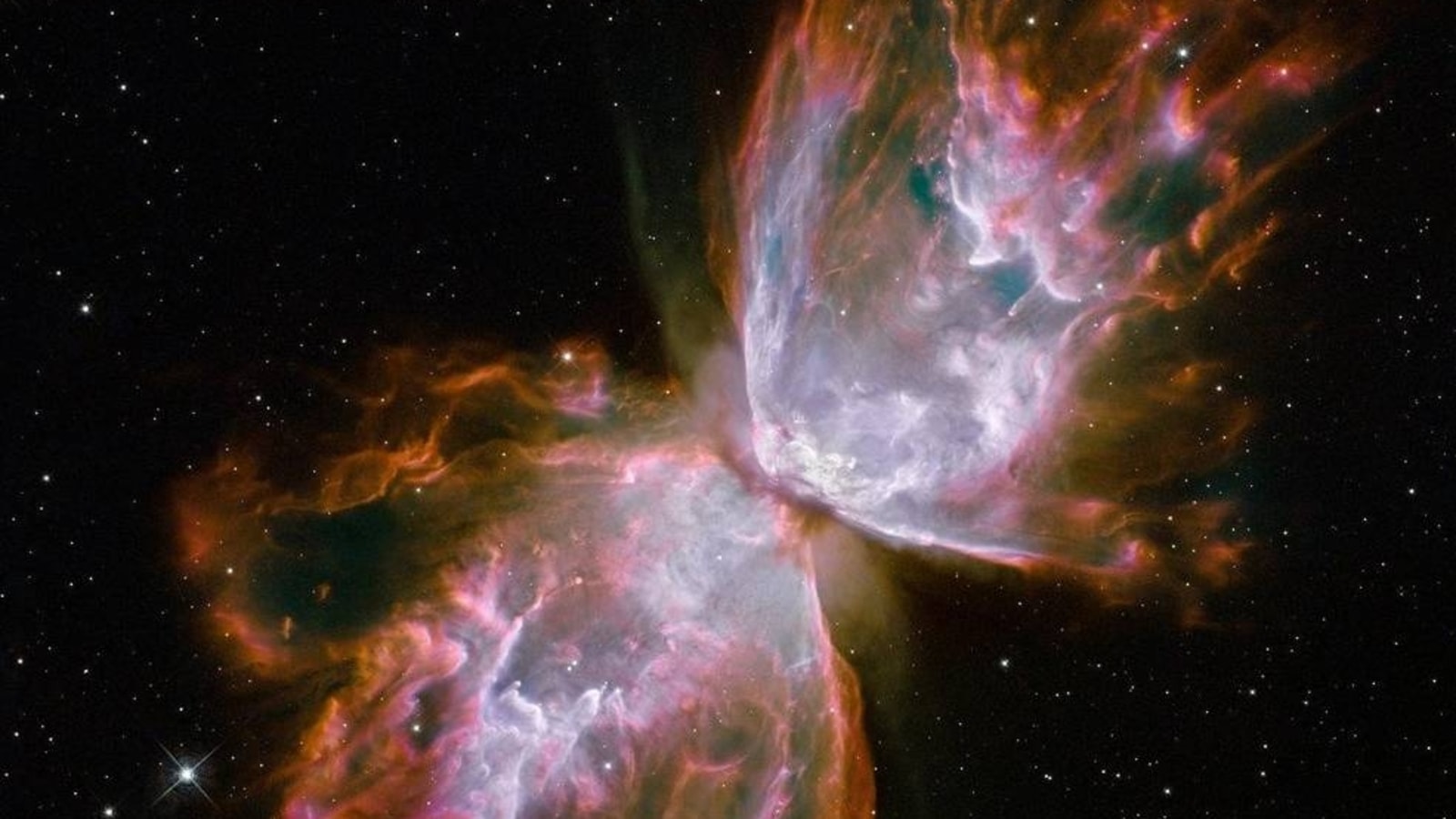
 View all Images
View all ImagesNASA's Hubble Space Telescope captured an image of the Butterfly Nebula which shows layers of gas being ejected from a star that has exhausted its nuclear fuel. According to a tweet by Hubble, eventually this nebula will fade and leave behind a stellar corpse known as a white dwarf. "This structure may look like a cosmic butterfly unfurling its celestial wings, but there's nothing gentle or delicate about this massive blowout. In Caldwell 69, also cataloged as NGC 6302 and commonly known as the Butterfly or Bug Nebula, layers of gas are being ejected from a Sun-like star that has exhausted its nuclear fuel," NASA informed.
The research organisation further informed that the medium-mass stars grow unstable as they run out of fuel, which leads to the dramatic expulsion of material into space at speeds of over a million miles per hour. Streams of energetic ultraviolet radiation cause the cast-off material to glow, but eventually the nebula will fade and leave behind only a small stellar corpse called a white dwarf. Our middle-aged Sun can expect a similar fate once it runs out of fuel in about 5 billion years, NASA said.
Nebulae like Caldwell 69 are known as planetary nebulae but are not related to planets. The term was coined by astronomer William Herschel, who discovered the Butterfly Nebula in 1826. Through his small telescope, planetary nebulae had the appearance of glowing, planet-like orbs. While stars that generate planetary nebulae may have once had planets in orbit about them, scientists expect that the fiery death throes these stars undergo will ultimately destroy or leave any attending planets completely uninhabitable.
The Butterfly Nebula is located about 4,000 light-years away in the constellation Scorpius. Hubble obtained this close-up view in 2009 using its Wide Field Camera 3, installed by astronauts during the final shuttle servicing mission. These observations detected the nebula's central star for the first time.
The Butterfly Nebula is highest and best viewed in the Southern Hemisphere during winter. From the Northern Hemisphere, its best season is the summer, but for most observers it will appear quite low above the southern horizon. With a magnitude of 9.5, the nebula is just visible with binoculars in dark skies, but a telescope will provide better views.
In Hubble's image above, filters that isolate emission from oxygen, helium, hydrogen, nitrogen, and sulfur from the planetary nebula were used to create a composite color image. Through your telescope, you can expect to see something more reminiscent of a small, smoky eraser smudge. Use a medium to large telescope under dark skies to make out the nebula's butterfly shape, according to NASA.
Catch all the Latest Tech News, Mobile News, Laptop News, Gaming news, Wearables News , How To News, also keep up with us on Whatsapp channel,Twitter, Facebook, Google News, and Instagram. For our latest videos, subscribe to our YouTube channel.





























